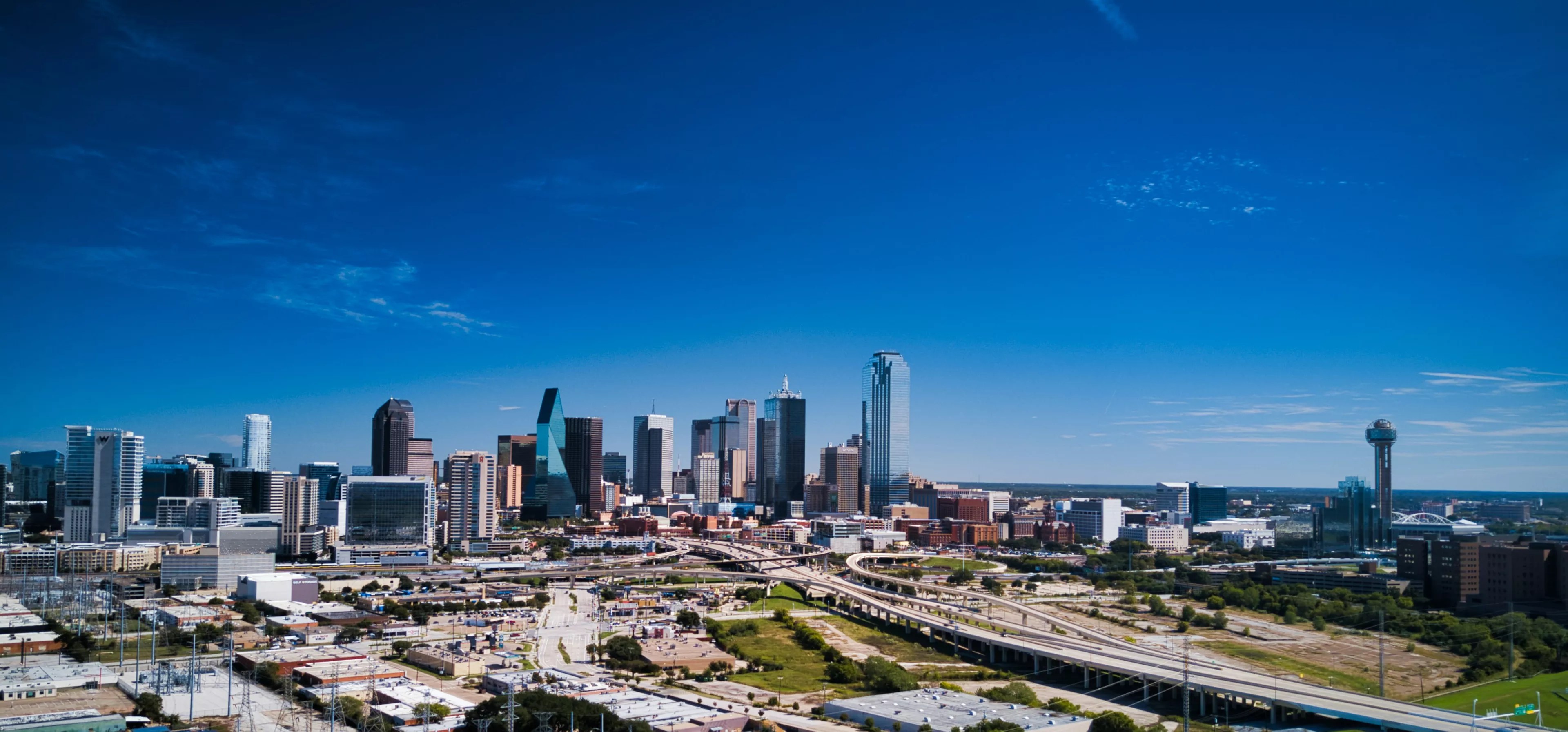
Photo by Daniel Halseth on Unsplash

Audio By Carbonatix
If the U.S. wants to address housing demand, home shortages and the lack of affordability, 4.3 million more apartment units will need to be built by 2035, according to a new report. The shortage is largely due to a lack of building in the U.S. following the 2008 financial crisis.
Commissioned by the National Multifamily Housing Council and the National Apartment Association, the research was conducted by Hoyt Advisory Services and Eigen 10 Advisors. The researchers looked into apartment demand across the U.S., including the District of Columbia and 50 metro areas.
To meet the growing demand, the report noted, Dallas-Fort Worth would need 19,000 new apartment units every year until 2035.
Paula Munger, assistant vice president of industry research and analysis with the National Apartment Association, told the Observer, “Once the financial crisis happened, [building] just really dipped, and it’s stayed pretty low, and it’s only really picked up for the past few years.”
The lack of supply led to increased demand, shooting rents for many apartments out of affordability. Apartments renting for less than $1,000 a month are considered affordable in the research. For the study, apartments are defined as buildings with five or more units. From 2015 to 2020, 4.7 million apartment units left that affordable price range.
Increased immigration to the U.S. could also be another source of increased demand. The bulk of the demand, 40%, is expected in three states: Texas, Florida and California.
“We’ve done a lot of research, even outside of this, that shows clear correlation between markets that are overly regulated and affordability.” – Paula Munger, National Apartment Association
The industry itself needs to help keep up with demand, the researchers said. But the report also said there should be more incentives and fewer restrictions for builders, and they need to be willing to try different development approaches.
Locally, relaxing zoning requirements could be enough of an incentive to build more, Munger said. “Even relaxing parking requirements can incentivize a developer to move forward with a project,” Munger said. “We’ve done a lot of research, even outside of this, that shows clear correlation between markets that are overly regulated and affordability.”
Markets with a lot of zoning restrictions and fees may see fewer affordable developments, she said. “Anything that’s going to lessen the cost, obviously, and any burden on building,” Munger said, could help increase affordability. “And burden can be a time factor, because time is money, as we all know,” she said.
A slow permitting process in Dallas, for example, has lengthened the timeline for a lot of development, making those projects more expensive. The city has been hosting pop-up events to process and put a dent in the backlog of building permits that have accumulated since the pandemic.
Dallas has also rolled out more incentives, like less restrictive parking requirements for developers willing to build affordability into their projects. Developers can now also opt out of building affordability by paying a fee. Those fees are collected into a city fund that is supposed to support the building of more affordable housing.
City-driven and funded initiatives like these, Munger said, “are exactly the things that would need to be done to meet the demand.”